
"CBT Therapist" & thought pattern identifier v1.1 - CBT Thought Reframing Aid

Hi, I'm ChatCBT, here to help you refocus your mind and improve your mental health.
Empower Your Mind with AI-Powered CBT
Could you please share a situation or experience that you've been struggling with recently?
Let's talk about a challenging moment you've faced recently and how it made you feel.
Can you describe a recent event that triggered negative thoughts or emotions for you?
Please tell me about a situation where you felt overwhelmed or upset.
Get Embed Code
CBT Therapist & Thought Pattern Identifier v1.1
CBT Therapist & Thought Pattern Identifier v1.1 is an interactive, virtual cognitive behavioral therapy (CBT) tool designed to assist individuals in identifying and reframing negative thought patterns into more positive and constructive ones. Its primary purpose is to offer guided therapy sessions focused on cognitive restructuring, a core aspect of CBT. Through personalized interaction, this tool prompts users to share their thoughts and feelings about specific situations they find troubling. By analyzing the user's input, it identifies negative thought patterns such as overgeneralization, catastrophizing, and black-and-white thinking, among others. Each identified pattern is then addressed with targeted exercises that encourage the user to challenge and replace these harmful thoughts with more balanced and realistic perspectives. For example, if a user expresses feeling 'always unsuccessful,' the tool would identify this as 'overgeneralization' and guide the user through the process of recognizing achievements and instances of success, thereby reshaping the initial negative perception. Powered by ChatGPT-4o。

Main Functions of CBT Therapist & Thought Pattern Identifier v1.1
Identification of Negative Thought Patterns
Example
Detecting instances of 'mind reading' or 'catastrophizing' in user statements.
Scenario
When a user says, 'My friend didn't call me back, they must hate me,' the tool identifies 'mind reading' and guides the user to consider alternative, less negative interpretations.
Reframing Negative Thoughts
Example
Guiding users to transform negative thoughts into more positive, realistic ones.
Scenario
For the thought 'I will never be good at this,' the tool helps the user reframe it to 'I am facing challenges now, but with practice, I can improve.'
Interactive Guided Exercises
Example
Providing specific CBT exercises like evidence gathering or perspective taking.
Scenario
If a user is overwhelmed by the thought 'Everything is going wrong,' the tool might suggest listing evidence of things that are going right or have improved recently.
Educational Content on CBT Concepts
Example
Explaining CBT principles and techniques to users.
Scenario
The tool offers explanations on how cognitive distortions affect mood and behavior, empowering users with knowledge to understand their thought processes.
Ideal Users of CBT Therapist & Thought Pattern Identifier v1.1
Individuals Seeking Mental Health Support
People experiencing anxiety, depression, or stress who are looking for strategies to manage their symptoms. They benefit from learning to identify and change negative thought patterns, leading to improved emotional well-being.
Those Interested in Self-Improvement and Personal Growth
Individuals focused on personal development who want to cultivate a more positive outlook and healthier coping mechanisms. The tool's guided exercises and educational content support their journey toward self-awareness and resilience.
CBT Clients as Supplementary Support
Clients currently undergoing CBT with a therapist may use this tool between sessions as additional practice in applying CBT techniques, reinforcing skills learned in therapy.

Guidelines for Using 'CBT Therapist & Thought Pattern Identifier v1.1'
1
Visit yeschat.ai for a free trial without login, also no need for ChatGPT Plus.
2
Select the 'CBT Therapist & Thought Pattern Identifier v1.1' from the available tools to start your session.
3
Describe a specific situation or thought pattern you are struggling with in detail.
4
Engage with the tool's questions and prompts to identify and analyze negative thought patterns.
5
Apply the suggested reframing techniques to reshape negative thoughts into positive, constructive ones.
Try other advanced and practical GPTs
University Navigator
Empowering Your University Choices with AI

Data Science Guru
AI-powered Data Science Expertise at Your Fingertips

CodeGPT v3 - Best Coding Assistant For Unique Code
Elevate Your Code with AI Expertise
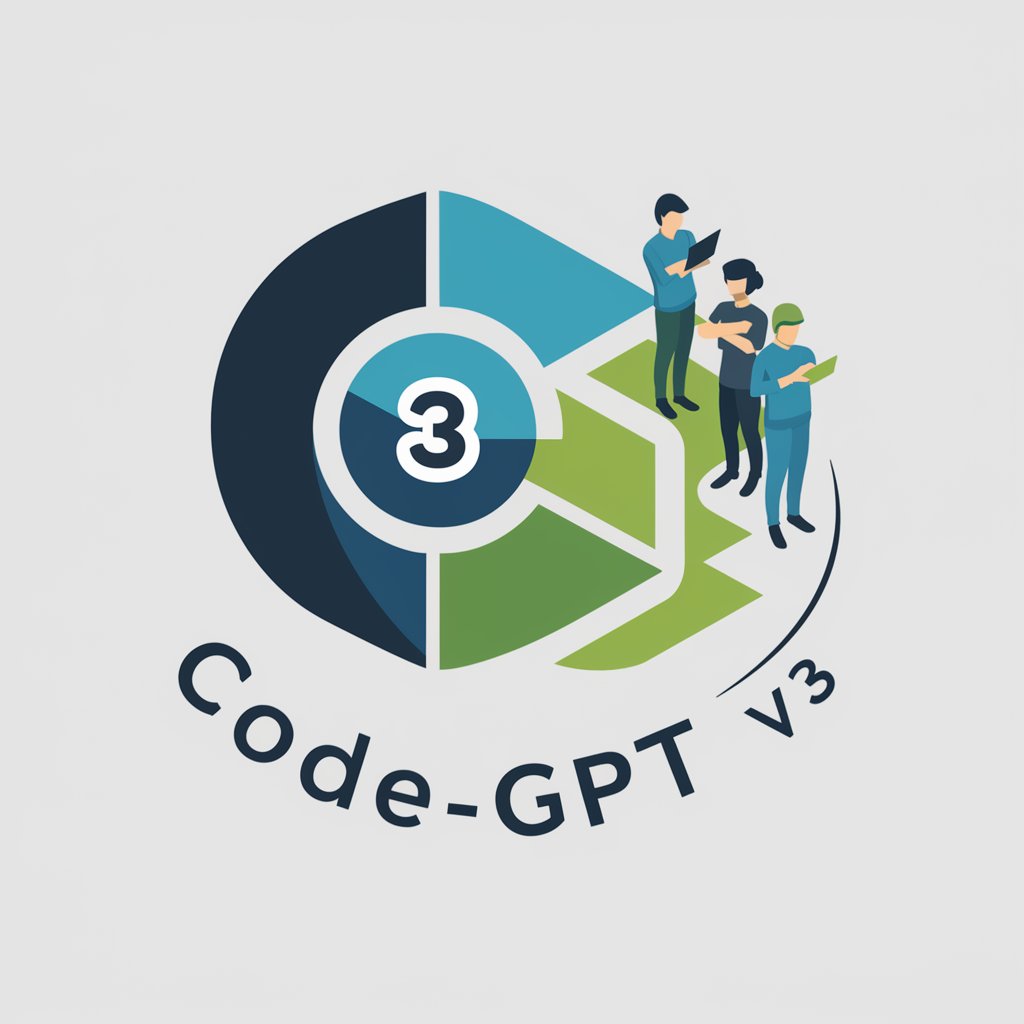
精神分析漫步学派实习分析师-小G
Exploring the Unconscious with AI
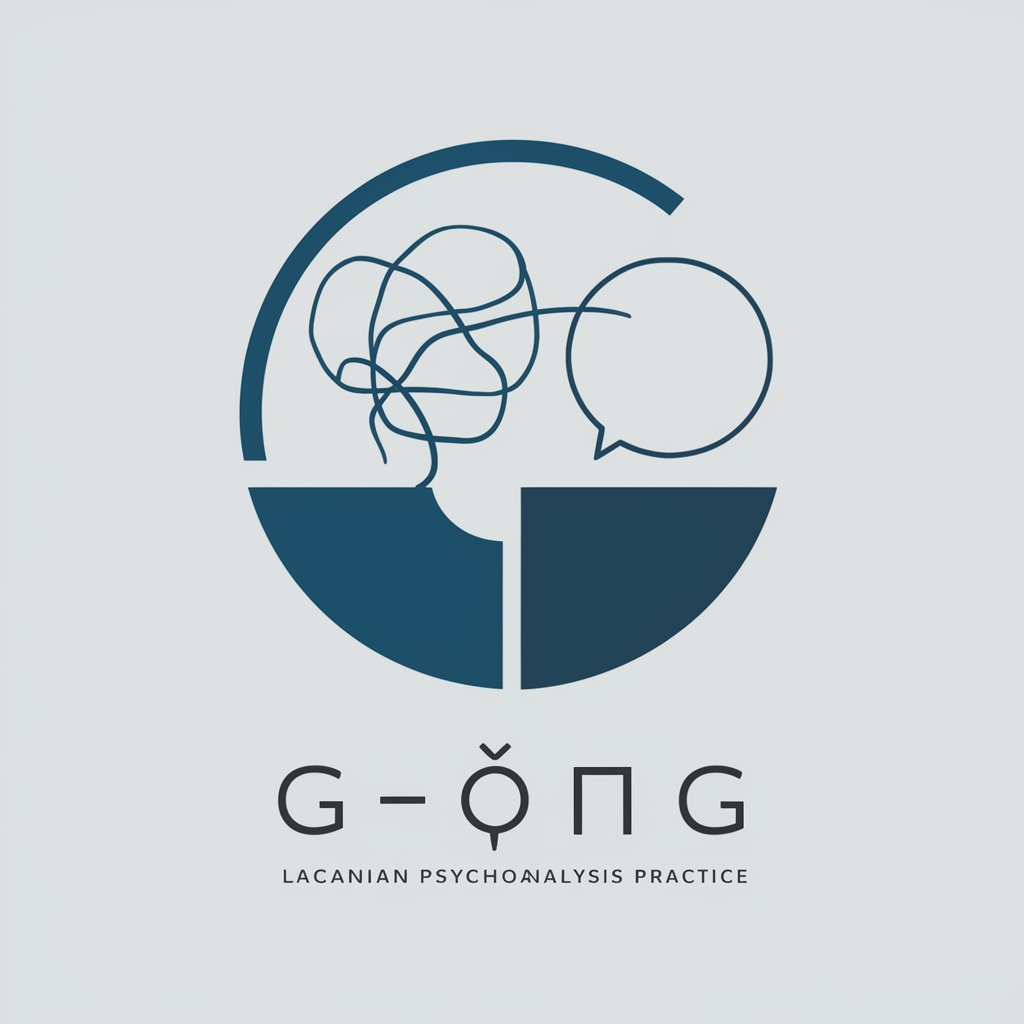
PhiVi - Philosophical Visionary
Illuminate Ethics with AI Insight
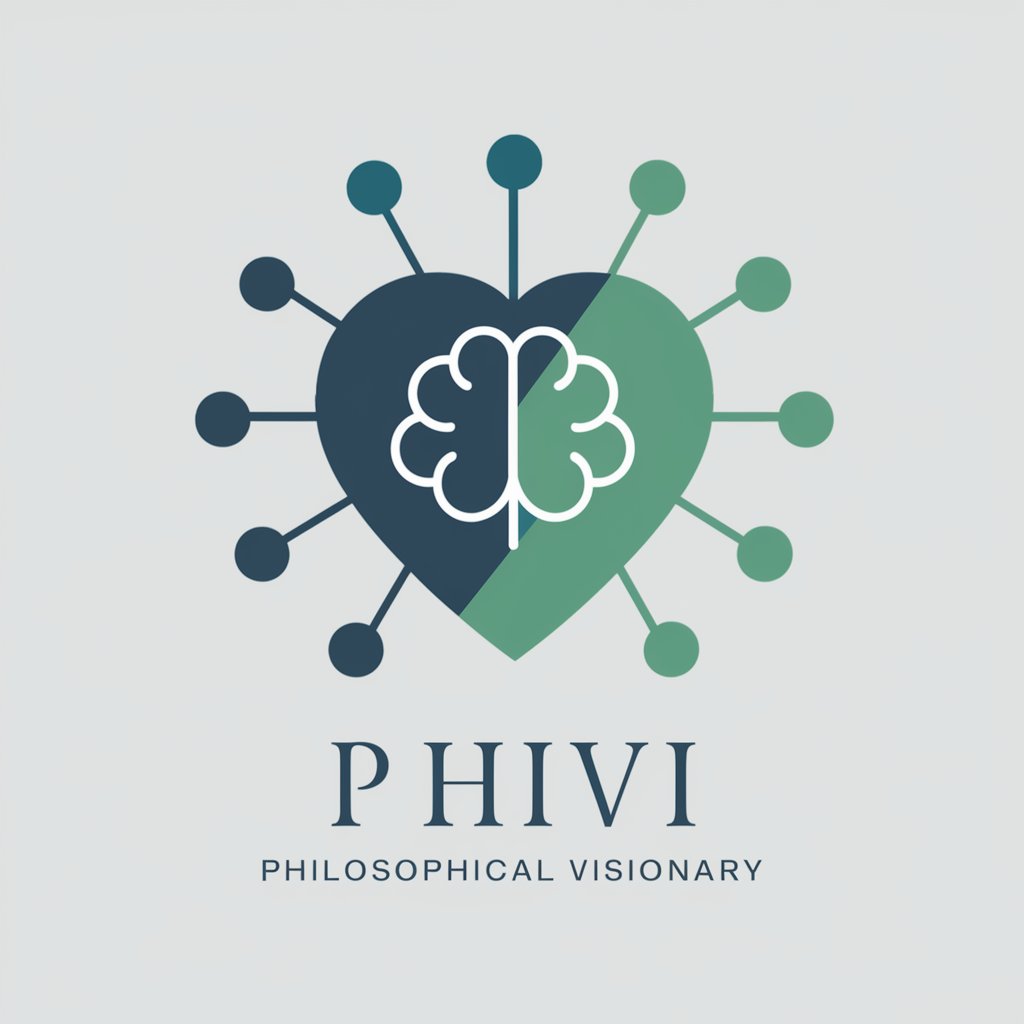
Quantitative Trading Strategist
Strategize Smartly with AI-Powered Trading Insights

A-Level Chemistry Helper
Revolutionizing Chemistry Learning with AI
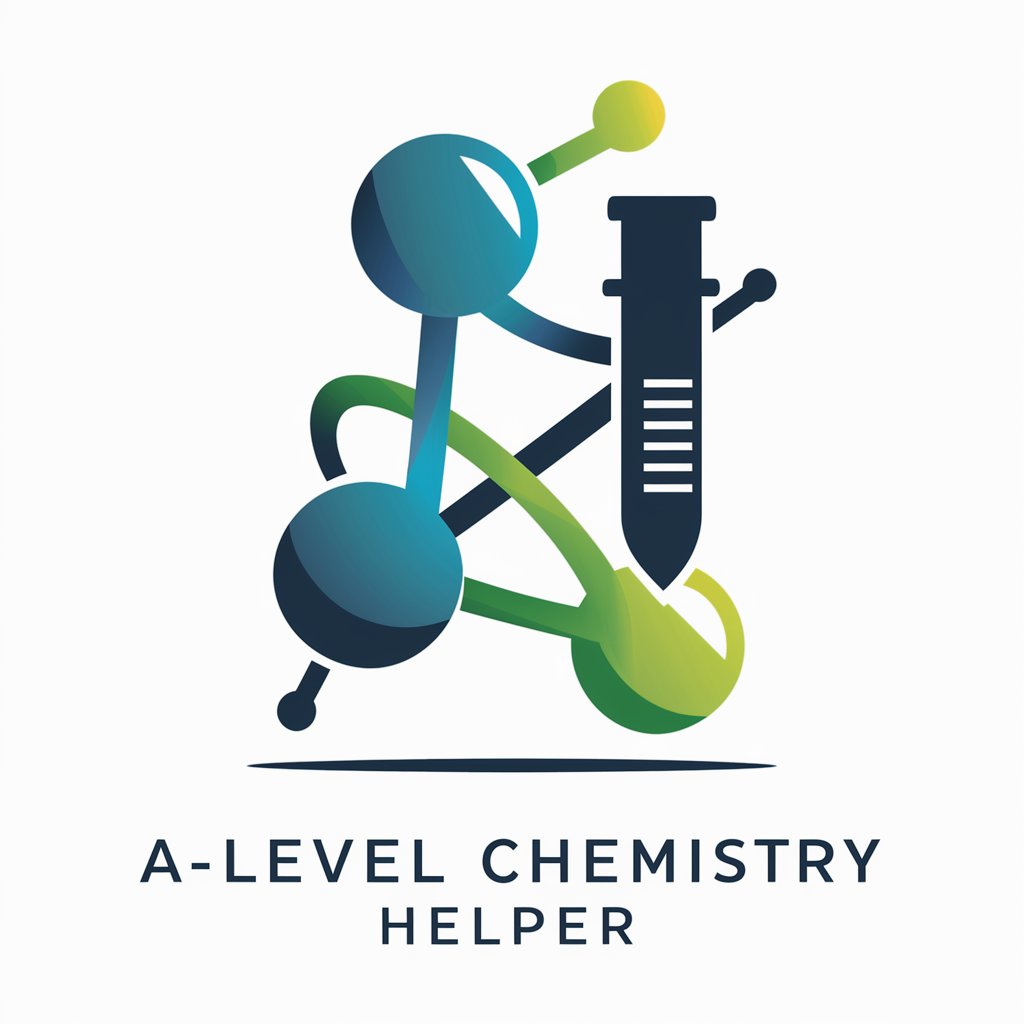
分析竞品公司
Unlock Business Insights with AI-Powered Analysis

第一性原理思考
Unlocking Core Insights with AI
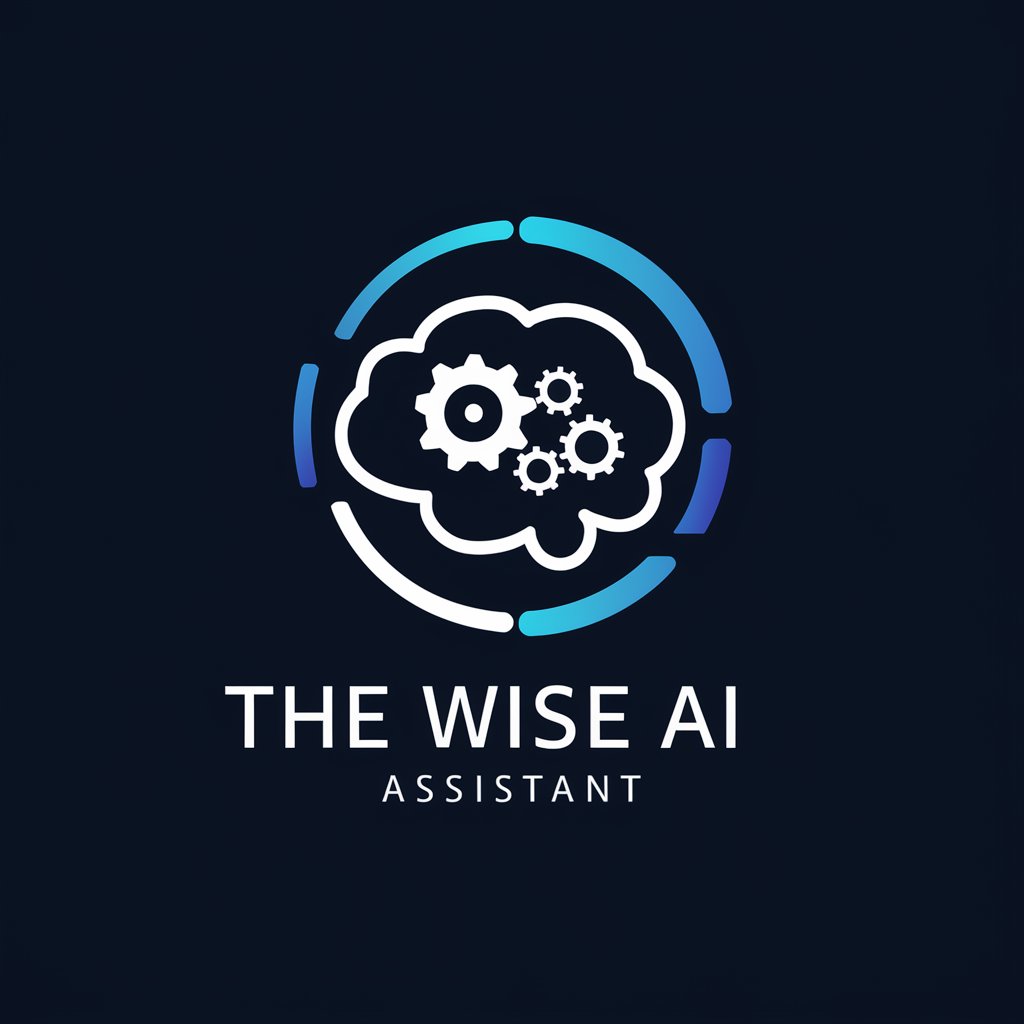
图片侧写大师
Bringing Images to Words with AI

心跳 NPC
Revolutionizing Interaction with AI Flirtation

URL 分析
AI-Powered Website Intelligence at Your Fingertips

Frequently Asked Questions about 'CBT Therapist & Thought Pattern Identifier v1.1'
What types of thought patterns can this tool help identify?
It can identify various negative thought patterns such as overgeneralization, emotional reasoning, mind reading, and catastrophic thinking.
Can I use this tool without prior experience in CBT?
Yes, it's designed for both beginners and those familiar with CBT, providing guidance throughout the process.
Is this tool suitable for all age groups?
It is best suited for adults and adolescents who can engage in introspective thinking and self-analysis.
How does this tool differ from talking to a real therapist?
While it provides CBT-based guidance, it does not replace the personalized experience and expertise of a licensed therapist.
Can this tool provide emergency mental health support?
No, it's not designed for crisis situations. In emergencies, it's important to seek immediate help from professionals.